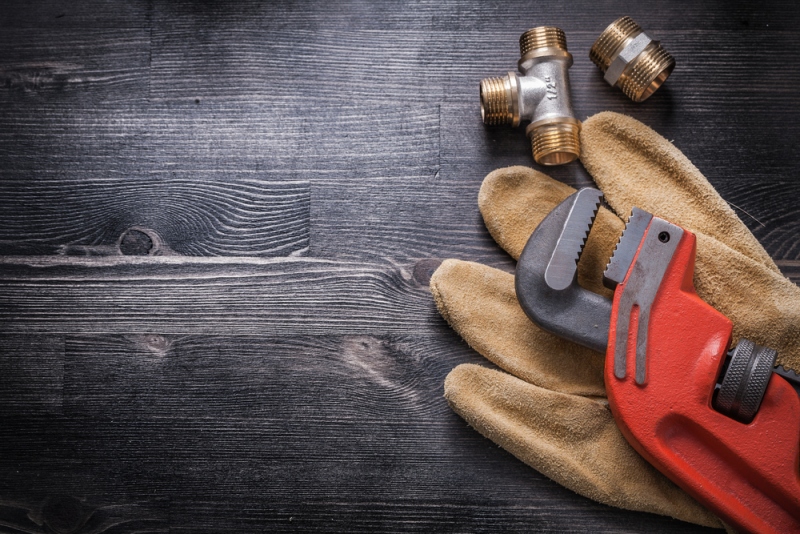Most homeowners will run into some sorts of plumbing problems eventually. The severity of these problems can vary. Some of these problems might be basic and do-it-yourself fixable, while other problems will require you to call in a professional. Understanding the intricacies of your plumbing lines will help you evaluate any problem you might run into to see where you can assist on your own or get skilled support.

Drain System
The system that takes care of the water and waste material that your home goes through is not as complicated as you might think. There are three main types of plumbing pipes involved in the collection of wastewater. The drain pipes can be made of different materials, which may be dependent on building regulations. Many homes often use copper or PVC pipes, while older drain pipes may be made of iron or steel. These drain pipes carry the water from the major water users such as the sinks, showers, and washing machines. The shapes and positions of the pipes are an essential aspect of their utility. As a first step, water runs so that it collects in a p-trap and acts as a barrier to stop smelly sewer gases from entering the house. This water is then allowed to continue to the wastewater system and, more specifically, to the soil stack. The soil stack is the pipe that will eventually receive all the wastewater expelled from the home. Vent lines then remove sewer gases up to the roof from the soil stack and also serve to introduce air and create space for the wastewater to easily move around. Waste pipes are specifically for water and other material from your toilet, and they also have a collecting trap for water to pool in the bowl and prevent sewer gases from seeping into your home.
Pipe Corrosion
Corroded pipes can be a common problem, depending on the type of pipes that your house uses. As previously mentioned, older structures often have iron or steel for pipes, and, in combination with regular wear and tear, these pipes may corrode. The pH, oxygen level, temperature, and velocity of the water that runs through your plumbing system can be major factors in increasing the likelihood of harm to the piping. Corrosion can impact your health, sometimes without you realizing it. It is important to check your water for levels of unwanted toxic metals if you suspect that your pipes might be corroded. Corrosion also indicates that your plumbing system might not be working to its full potential. The leaks and pressure drops that result can lead to a lot of wasted money.
Tree Roots
Depending on the number of trees on your property, you might be susceptible to the problem of growing tree roots. This could be common, yet difficult to prevent. Upon entrance to the sewer system, tree roots can break through loose or faulty joints in their quest to find an adequate source of water. In a system that constantly flushes water through itself, a tree root can really thrive. This growth can lead to larger cracks or blockages that translate to a slowly draining toilet, a backed-up toilet, or strong sewer smells throughout your home. Professionals, like those at Next Level Pipe Lining, are able to diagnose any dysfunction of your drain lines and fix or prevent further damage. A popular method of finding cracks is through the use of a small camera inserted into the pipes. Chemicals may be used to inhibit root growth, and pipe replacement is necessary for worst-case scenarios.
Your plumbing system is an underappreciated part of the infrastructure of your house. It works hard to take care of the wastewater and material that you would rather not think about. Understanding the process and piping can help you decide whether you can manage simple problems or if you need to call in specialists for more complex complications.



